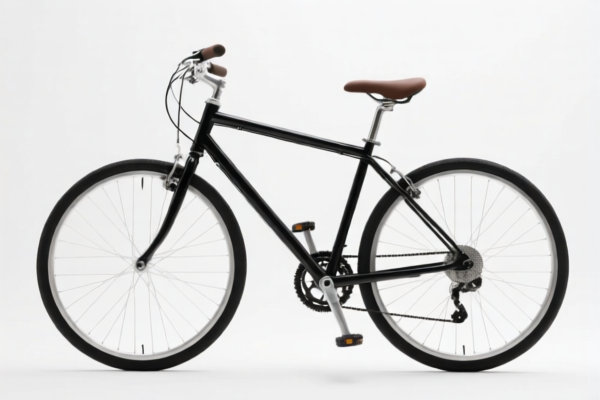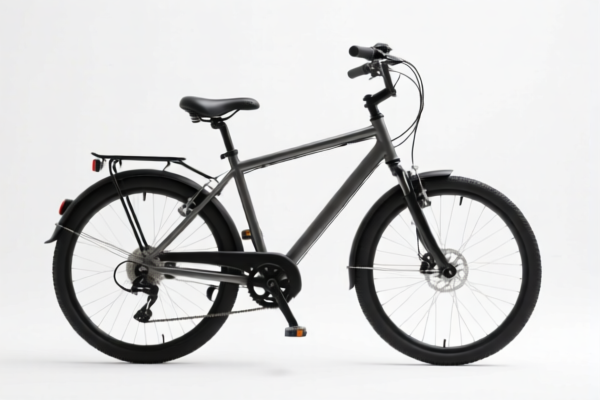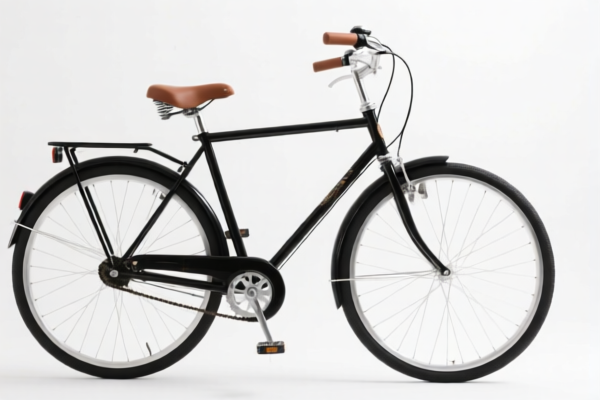| HS Code | Official Doc | Tariff Rate | Origin | Destination | Effective Date |
|---|---|---|---|---|---|
| 6306905000 | Doc | 34.5% | CN | US | 2025-05-12 |
| 3923900080 | Doc | 58.0% | CN | US | 2025-05-12 |
| 4202923900 | Doc | 72.6% | CN | US | 2025-05-12 |
| 9506996080 | Doc | 66.5% | CN | US | 2025-05-12 |




Okay, let's break down the HS codes and tax implications for your "BICYCLE COVER" declaration. Here's a detailed analysis, structured for clarity:
Understanding HS Codes – A Quick Primer
HS codes (Harmonized System codes) are internationally standardized codes used to classify traded products. The first 6 digits are generally consistent worldwide, while the last digits can vary by country. Here's how to interpret them:
- Chapter (First 2 digits): Broad category of the product.
- Heading (First 4 digits): More specific classification within the chapter.
- Subheading (First 6 digits): Even more detailed classification.
- Last Digits: Country-specific details.
Analysis of Your HS Codes
Let's go through each code you provided:
1. HS Code: 6306.90.50.00 – Tarpaulins, awnings and sunblinds; tents… of other textile materials
- 63: Textiles (Chapter) – This indicates the product is related to textile goods.
- 06: Tarpaulins, awnings, tents, etc. (Heading) – Specifically, items made of textile materials for covering or shelter.
- 90: Other textile materials (Subheading) – This means the bicycle cover is made from textile materials other than specifically defined ones in earlier subheadings.
- 50.00: Further specification within "other textile materials".
- Tax: 34.5% total tax (4.5% base + 30% additional tariff after April 2, 2025).
- Important Note: Please verify the exact textile composition of your bicycle cover. The classification hinges on what the "other textile materials" are. Different materials could shift the HS code.
2. HS Code: 3923.90.00.80 – Articles of plastics; stoppers, lids, caps… Other Other
- 39: Plastics (Chapter) – This indicates the product is made of plastic.
- 23: Articles for conveyance or packing of goods (Heading) – This covers items used to hold or transport goods.
- 90: Other (Subheading) – This is a catch-all for plastic articles not specifically defined elsewhere.
- 00.80: Further specification within "other".
- Tax: 58.0% total tax (3.0% base + 25% additional tariff, increasing to 30% after April 2, 2025).
- Important Note: This code is likely applicable if your bicycle cover is entirely made of plastic.
3. HS Code: 4202.92.39.00 – Trunks, suitcases… bags… With outer surface of sheeting of plastics or of textile materials: Travel, sports and similar bags: With outer surface of textile materials: Other (870)
- 42: Articles of leather or composition leather, plastic sheeting, textile materials (Chapter) – This covers a wide range of containers and bags.
- 02: Trunks, suitcases, bags, etc. (Heading)
- 92: With outer surface of sheeting of plastics or of textile materials (Subheading)
- 39: Travel, sports and similar bags (Subheading)
- 00: Further specification within "other".
- Tax: 72.6% total tax (17.6% base + 25% additional tariff, increasing to 30% after April 2, 2025).
- Important Note: This code is suitable if your bicycle cover is a bag-like structure with an outer layer of plastic or textile material.
4. HS Code: 9506.99.60.80 – Articles and equipment for sports… Other: Other: Other Other
- 95: Toys, games and sports equipment (Chapter)
- 06: Articles and equipment for sports (Heading)
- 99: Other (Subheading) – This is a catch-all for sports equipment not specifically defined elsewhere.
- 60: Further specification within "other".
- 80: Further specification within "other".
- Tax: 66.5% total tax (4.0% base + 7.5% additional tariff, increasing to 30% after April 2, 2025 for steel/aluminum products).
- Important Note: This code is applicable if the bicycle cover is considered sports equipment. The additional tariff on steel/aluminum is important if those materials are used in the cover's construction.
Recommendations & Next Steps
- Material Confirmation: Crucially, confirm the exact materials used in your bicycle cover. This is the biggest factor in determining the correct HS code.
- Functionality: Consider the primary function of the cover. Is it primarily for protection (like a plastic sheet), or is it a bag-like container for transport?
- Detailed Description: Provide a very detailed description of the cover to customs. Include dimensions, weight, materials, and intended use.
- April 2, 2025 Tariff Changes: Be aware of the upcoming tariff increases on April 2, 2025. Factor this into your cost calculations.
- Certifications: Depending on the materials used, you might need certifications (e.g., for textile composition, plastic safety). Check with your importer and customs authorities.
- Importer Consultation: Work closely with your importer. They have experience with customs regulations and can help you choose the most appropriate HS code.
- Customs Ruling (Optional): If you're unsure, consider requesting a binding customs ruling. This provides legal certainty about the correct HS code.
Disclaimer: I am an AI assistant and cannot provide definitive customs advice. This information is for general guidance only. Always consult with a qualified customs broker or authority for specific regulations in your country.
Customer Reviews
The detailed breakdown of each HS code and their corresponding taxes was exactly what I needed. I'm glad I found this resource before exporting my bicycle covers to the US.
The page was very helpful, especially the part about material confirmation. I had to read through the analysis a couple of times, but it was worth it.
The 9506.99.60.80 code was a good fit for my sports-themed bicycle cover. I appreciate the note about the upcoming tariff changes in April 2025.
The page has a lot of good info, especially the part about confirming materials. I wish the image descriptions were clearer, but the HS code explanations were solid.
I was confused about which HS code to use, but the analysis of 4202.92.39.00 helped me realize my cover is more of a bag. The tax breakdown and notes were super helpful.